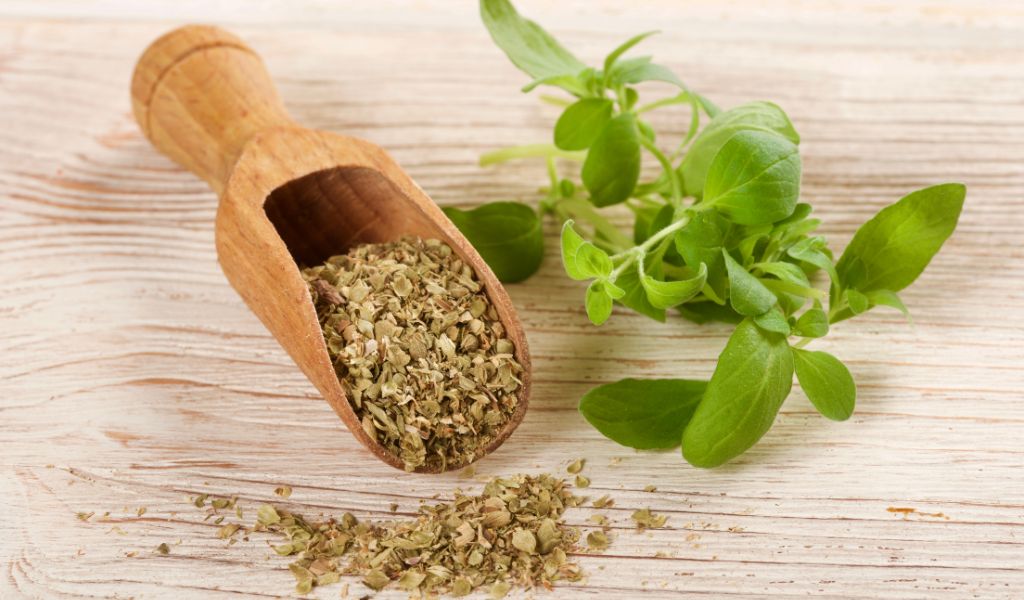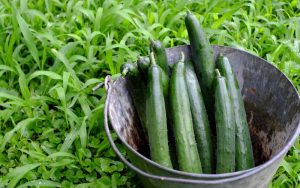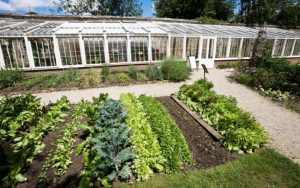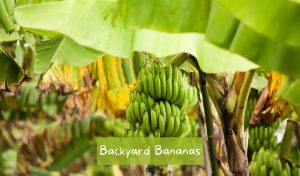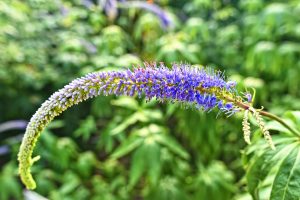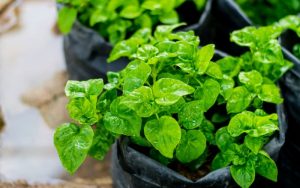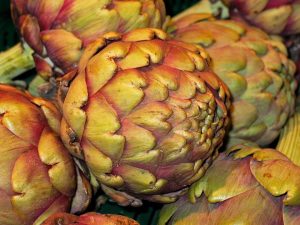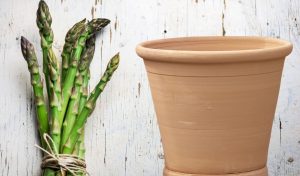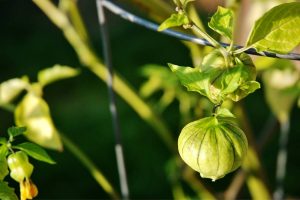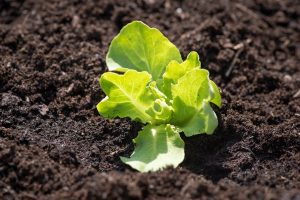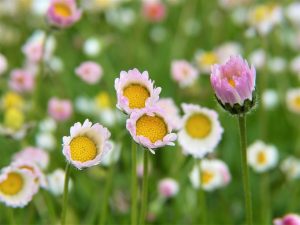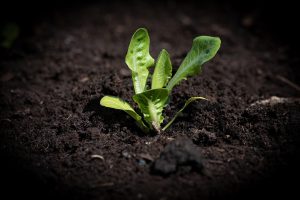Oregano is a delicious and savory herb that can be used to add a unique flavor to many of your favorite dishes.
Growing oregano in your backyard garden is a great way to have fresh herbs on hand whenever you need them.
It’s easy to do, but there are some things you’ll need to know before you get started.
Growing oregano in your backyard garden is a great way to have fresh herbs on hand whenever you need them. With a bit of care, oregano is an easy herb to grow and maintain and will provide you with delicious herbs for many years to come.
Choose your variety carefully
There are several different varieties of oregano available, so it’s important that you choose the right one for your garden.
Greek oregano is the most popular variety and is widely used in Italian and Mediterranean cooking as well as other cuisines around the world.
You should also consider growing Cuban oregano or Mexican oregano, which are both excellent additions to any kitchen garden.
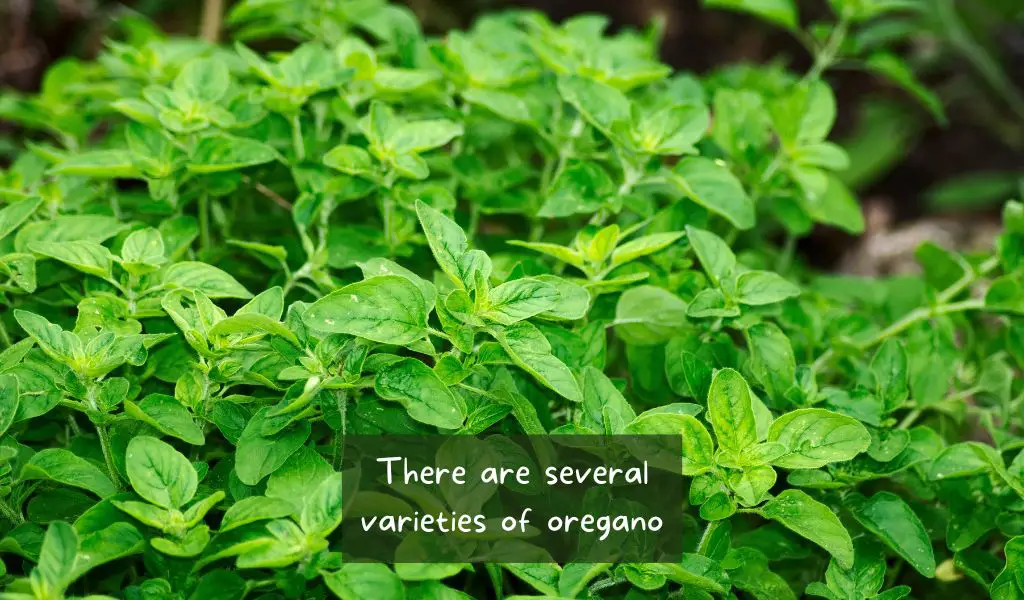
Oregano growing options
When considering your options for oregano you can either obtain young plants from the garden center or grow your own plants from seed.
If you are planting from seed, it is best to start the seeds indoors 6-8 weeks before the last spring frost date.
The seeds should be planted in a seed starting tray or container and kept at a temperature of 70 degrees Fahrenheit or higher.
Once the seedlings have sprouted and grown 2-3 sets of true leaves they can be transplanted into the garden or a larger container.
Prepare the soil
Oregano prefers full sun and well-drained soil with a pH between 6.0 and 7.5 (slightly acidic).
The best way to prepare the soil for planting is by adding compost or aged manure, which will help create a loose, loamy texture that will allow for better drainage and more nutrients for your plants.
If you’re not sure about the pH of your soil, it’s always a good idea to have it tested before planting anything.
Popular choices






Planting oregano
Once your soil is prepared, it’s time to plant.
If you’re starting from seedlings, make sure they are planted about 8 inches apart in rows 10-12 inches apart in the ground.
If you’re transplanting already established plants from pots or containers, give them plenty of space; 12-15 inches between plants should be enough room for their roots to spread out without overcrowding each other.
Water thoroughly after planting and keep the soil moist but not soggy throughout the growing season (spring through fall).
At a glance growing tips 💭
Choose the right location
Purchase a oregano plant or seeds
Plant your oregano
Water and fertilize your plants
Prune your oregano regularly
Ideal growing conditions for oregano
It is important to choose a sunny spot with well-draining soil to grow oregano in your backyard garden.
Oregano prefers full sun, but it can tolerate partial shade in warmer climates.
Be sure to water your oregano regularly, as the soil should be kept consistently moist but not soggy.
Fertilize your oregano with a balanced fertilizer every month or so to ensure that it gets the nutrients it needs to thrive.
Harvesting oregano
When harvesting oregano, cut off individual sprigs at the base of the plant.
Be sure not to take more than one-third of the total leaves off of any single stem, as this can cause undue stress and damage to your oregano plants.
To dry oregano, tie stems together in small bundles upside down and hang them in a cool, dark, dry place.
The leaves should be completely dry and crisp after a few weeks of drying.
When the leaves are dry, gently crush them in your hands and store in airtight containers for up to one year.
Oregano can also be frozen for long-term storage or used fresh from the garden.
Final Words
Growing oregano in your backyard garden is an easy and rewarding experience.
With proper care, these fragrant herbs will thrive all summer long producing an abundance of flavorful leaves that can easily be added to just about any dish imaginable.
Plus, with so many different varieties available these days you will be sure to find the perfect oregano for your garden.
Read Next
- 3 Reasons why you shouldn’t plant cucumbers near tomatoes
- 5 Best vegetables to grow for beginners
- 5 Tips for Growing Bananas in Your Backyard
- A Beginner’s Guide to Edible Gardening: Tips and Tricks for Growing Your Own Food
- A grower’s guide to Brazilian spinach
- A Guide to Creating and Maintaining a Thriving Edible Garden
- A Natural Pantry at Your Fingertips: Exploring the Magic of Edible Gardening
- All about growing Asparagus in pots
- Are tomatillos easy to grow?
- Beginner’s Guide to Edible Gardening: Growing Your Own Fresh Produce
- Beyond Aesthetic Appeal: Edible Gardens and the Joy of Harvesting Your Own Food
- Bite into Nature: Discovering the Joy of Edible Gardening for Beginners

